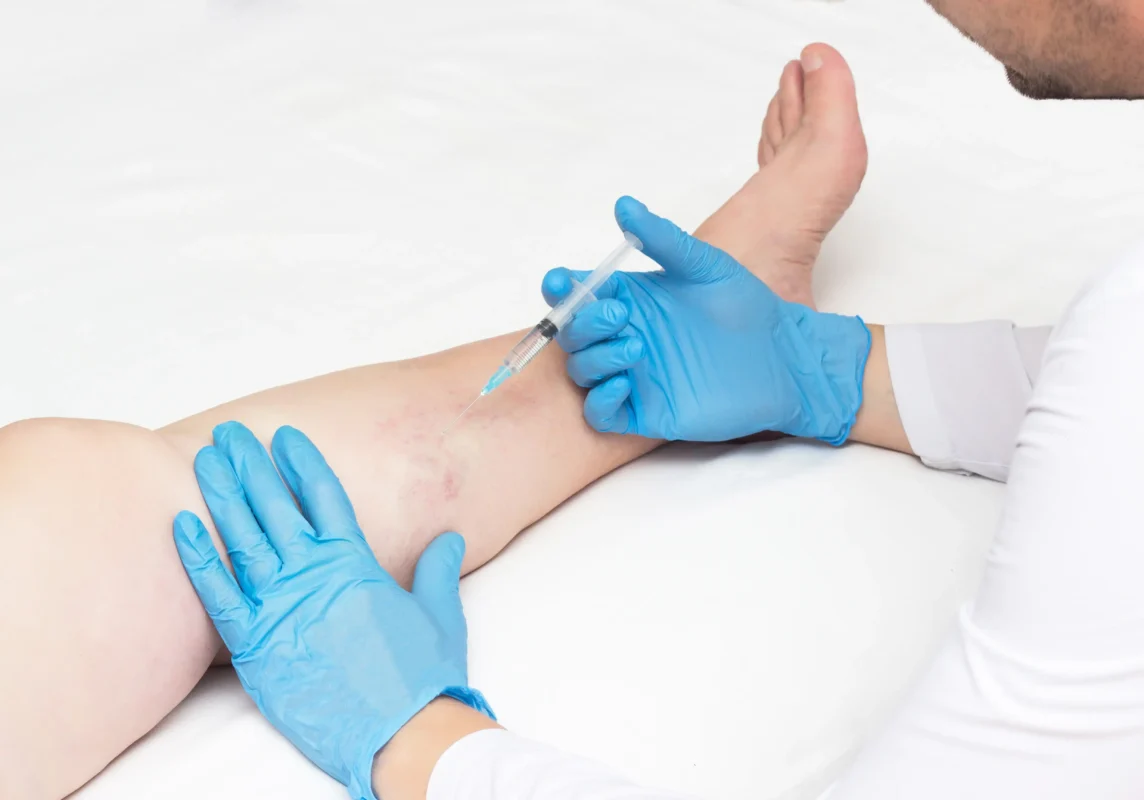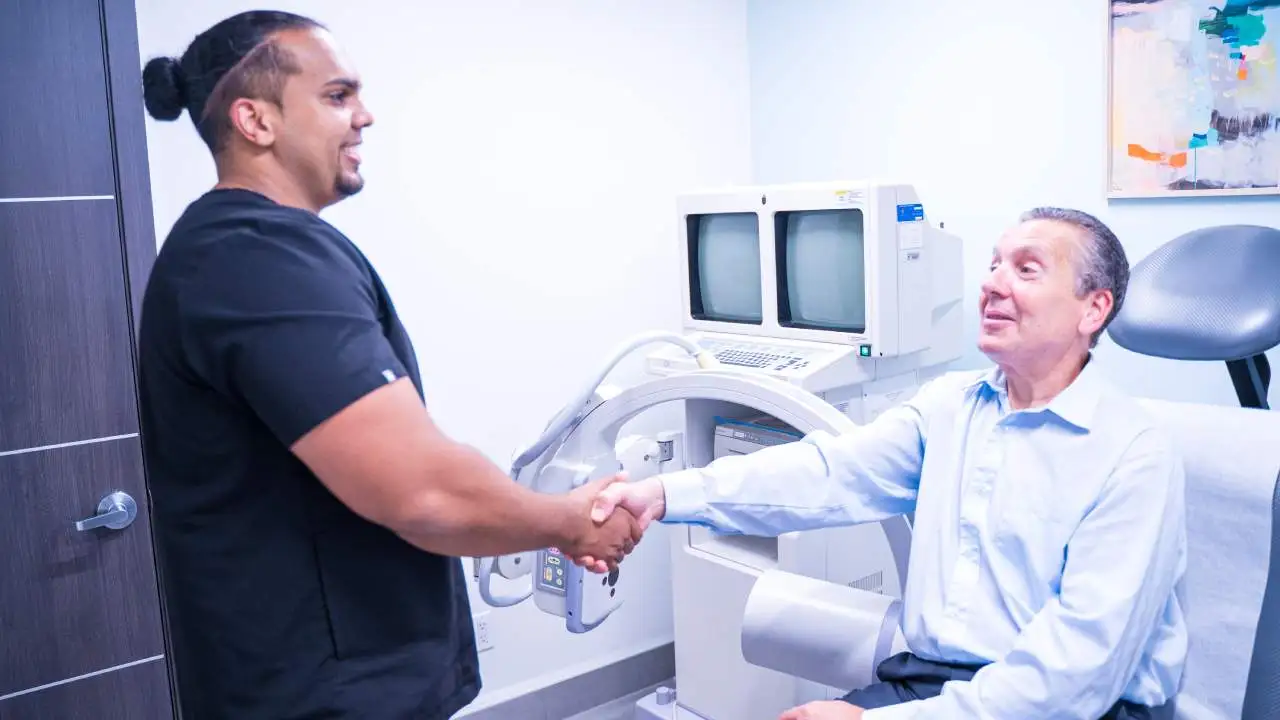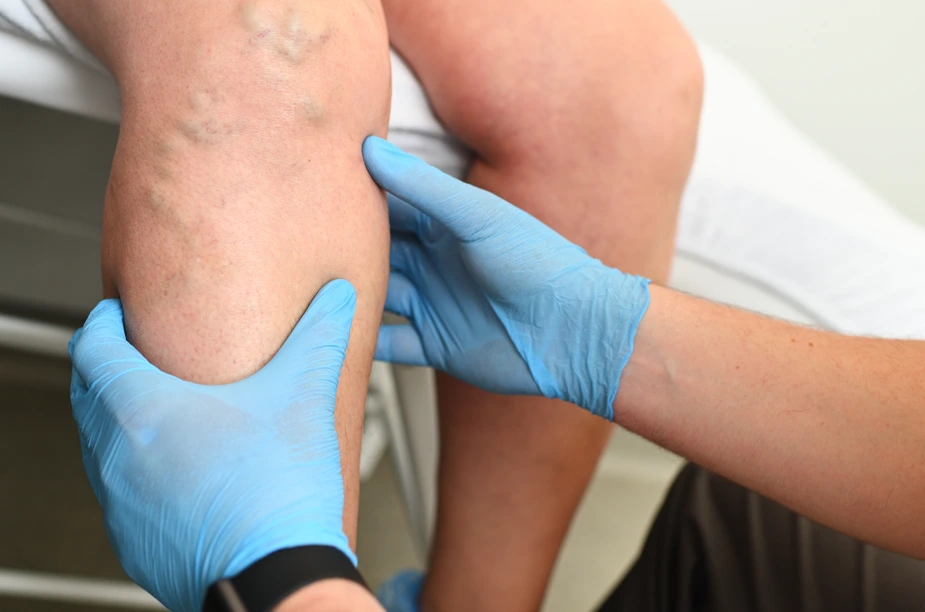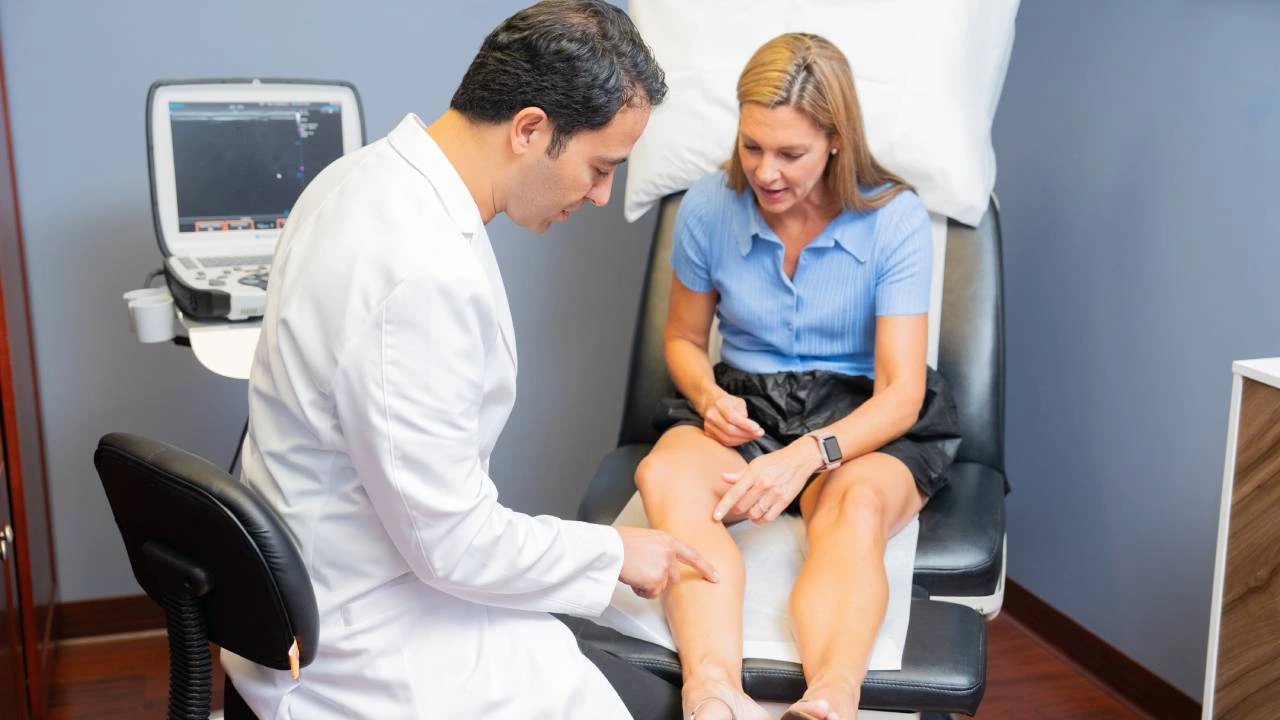This week, many people were surprised to hear that President Donald Trump has been diagnosed with chronic venous insufficiency, a condition that affects the veins in the legs and is often linked to swelling, aching, and fatigue.
As expected, the news sparked plenty of speculation online, with questions like “Is Trump contagious?” or “Will Trump die from chronic venous insufficiency?” The truth is, insuficiencia venosa crónica is more common and far less dramatic than the headlines suggest.
If you’ve never heard of this condition before, you’re not alone. At Vein Treatment Clinic, we’re here to explain what chronic venous insufficiency is, what causes it, and how it’s treated. In this article, we explain what chronic venous insufficiency is, why it happens, and why early diagnosis through a vein scan can prevent complications.
What is chronic venous insufficiency?
Chronic venous insufficiency, or CVI, happens when the veins in your legs have trouble sending blood back to your heart. Normally, small valves inside the veins help blood flow in one direction. When those valves become weak or damaged, blood can flow backward and begin to pool in the legs.
This pressure buildup can lead to leg swelling, heaviness, cramping, visible veins, and skin discoloration. In more advanced stages, it may cause ulcers or even blood clots like deep vein thrombosis (DVT).
Why did Trump get chronic venous insufficiency?
While we can’t speak to individual health records, risk factors for chronic venous insufficiency include:
- Age (especially over 50)
- History of blood clots
- Obesity or sedentary lifestyle
Standing for long periods - Genetics
Many Americans unknowingly live with chronic venous insufficiency, mistaking the symptoms for “just getting older.” In reality, CVI is highly treatable, especially when diagnosed early.
Is chronic venous insufficiency contagious?
No. Chronic venous insufficiency is not contagious. It is a mechanical issue with how blood flows in the veins, not a virus or infection. You cannot catch it from someone else.
What is the life expectancy with chronic venous insufficiency?
CVI is not a death sentence. With treatment, most people live full, healthy lives. However, untreated CVI can lead to complications, including leg ulcers, infections, or blood clots like deep vein thrombosis (DVT). That’s why regular monitoring and vein scans are important.
Should you get scanned for chronic venous insufficiency?
Yes, especially if you experience:
- Persistent leg swelling
- Aching, heaviness, or throbbing
- Visible veins or spider veins
- Skin changes on your legs or ankles
- A feeling of restless legs or cramps at night
Vein scans are quick, non-invasive, and often covered by insurance. They help specialists catch CVI early and recommend minimally invasive treatments that improve circulation and comfort.
Common treatments to treat chronic venous insufficiency
Chronic venous insufficiency can be treated with several minimally invasive treatments, designed to close or collapse damaged veins and reroute blood through healthier ones. Your options include sclerotherapy, radiofrequency ablation, laser ablation, VenaSeal™, ClariVein®, and Varithena®.
At Vein Treatment Clinic, your first step is simple: schedule a consultation. We’ll evaluate your symptoms, perform a quick, non-invasive scan, and let you know exactly which treatment fits your needs.









